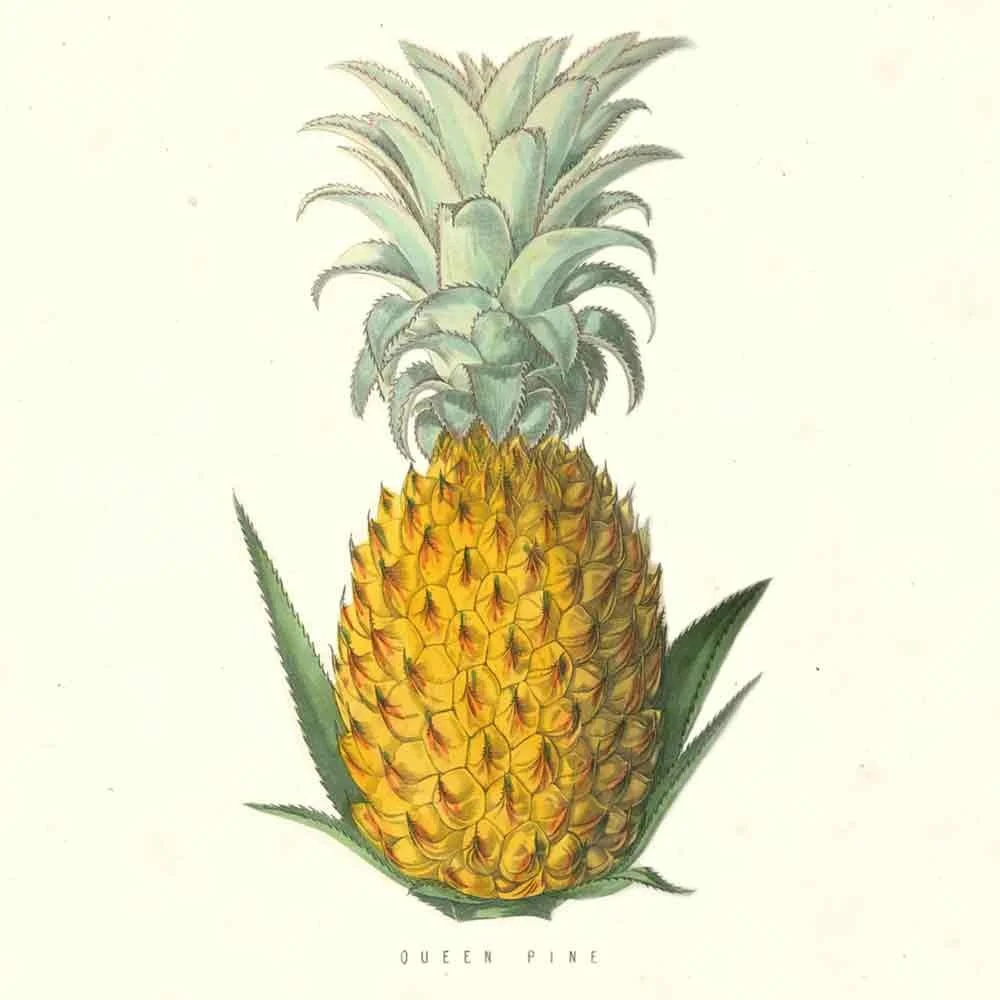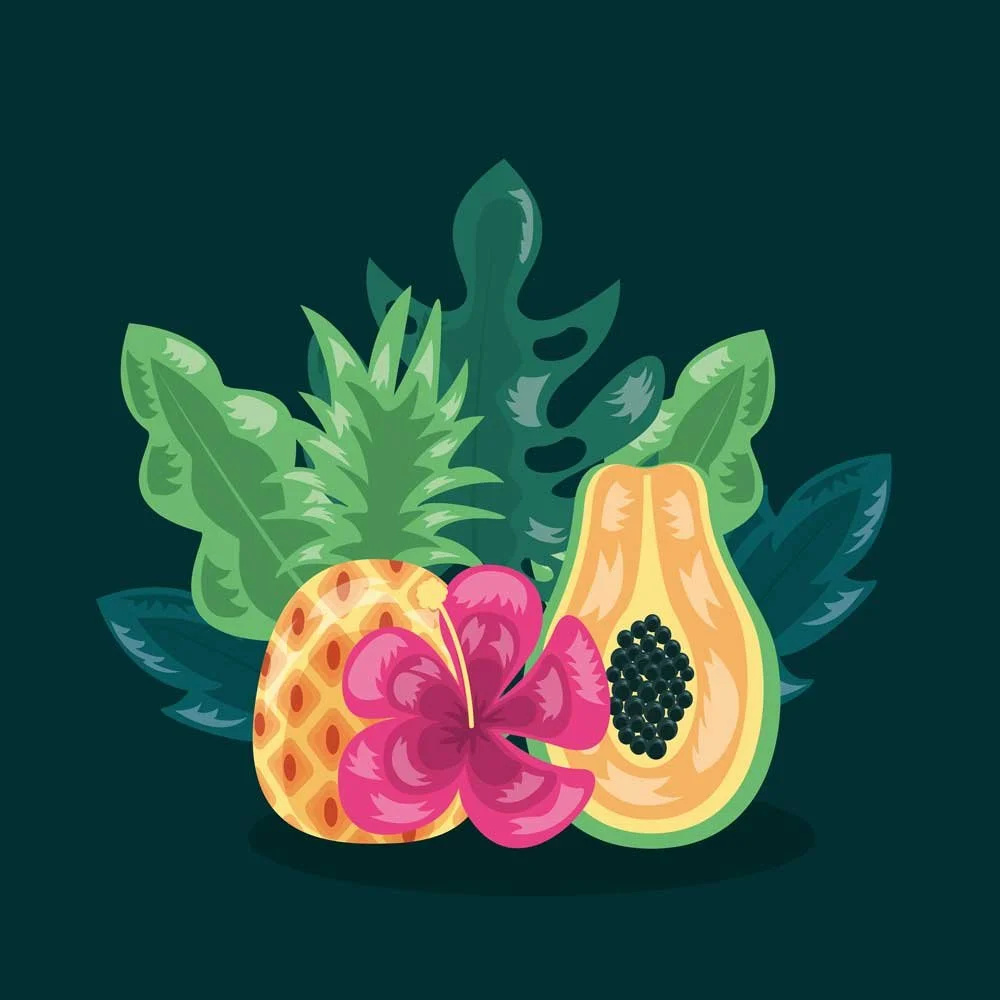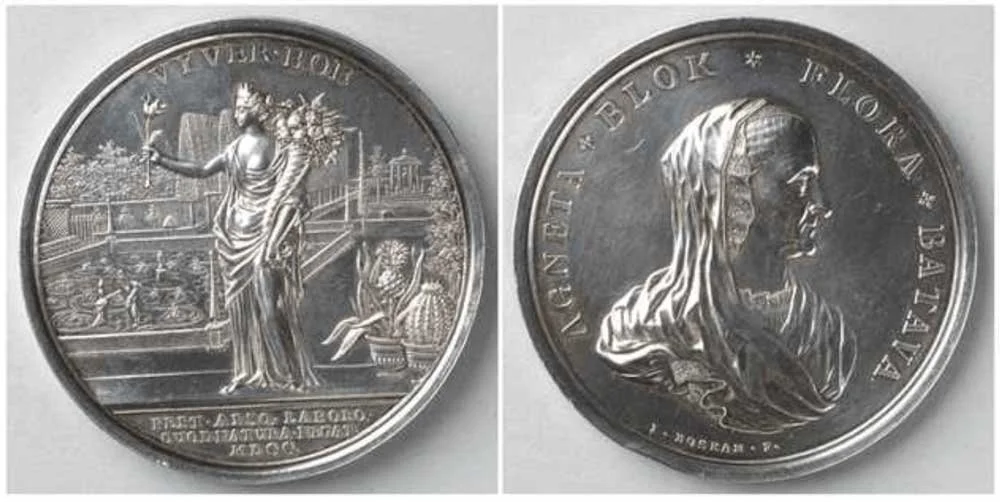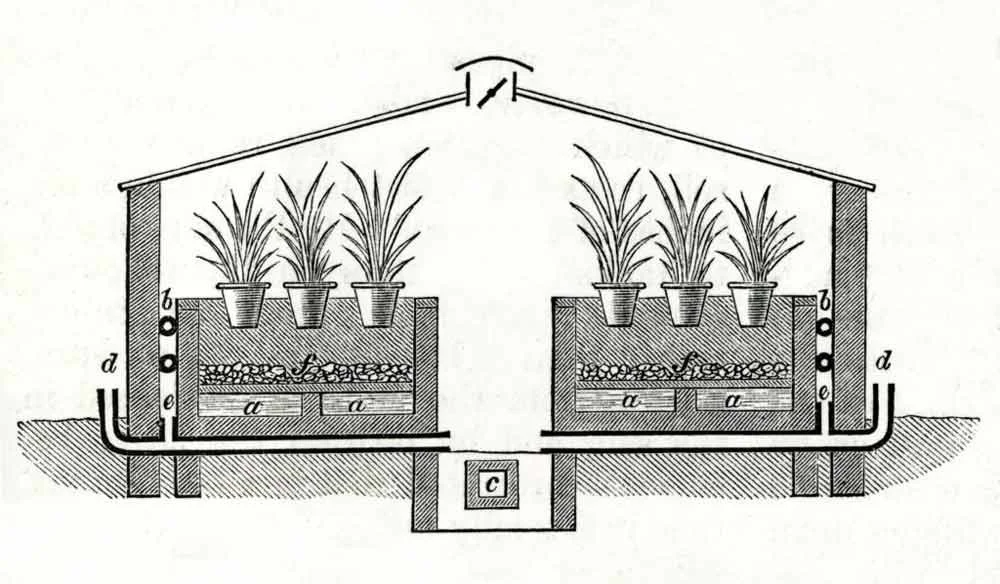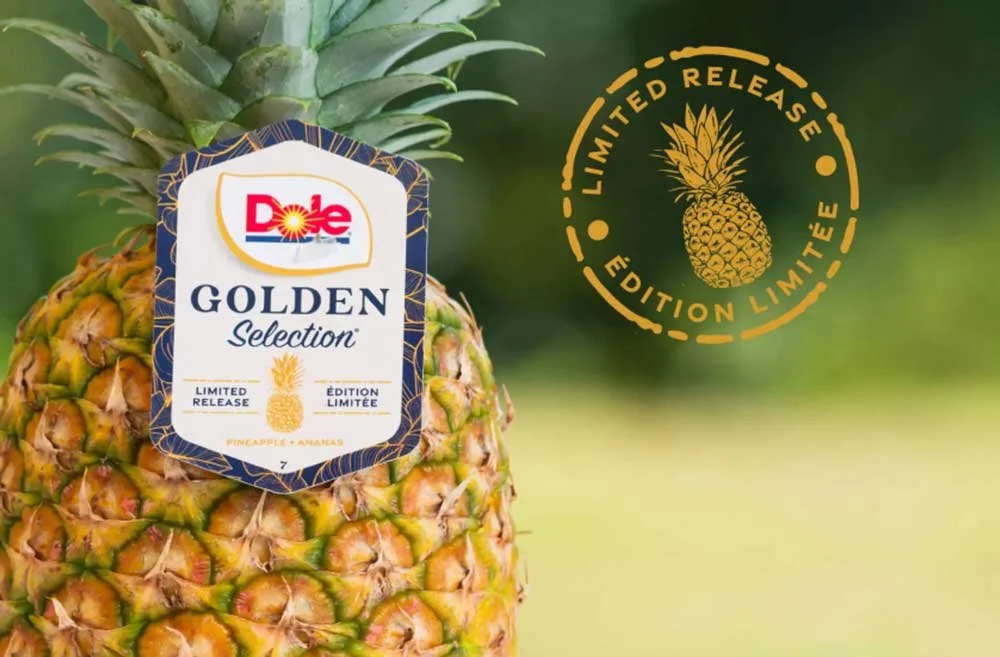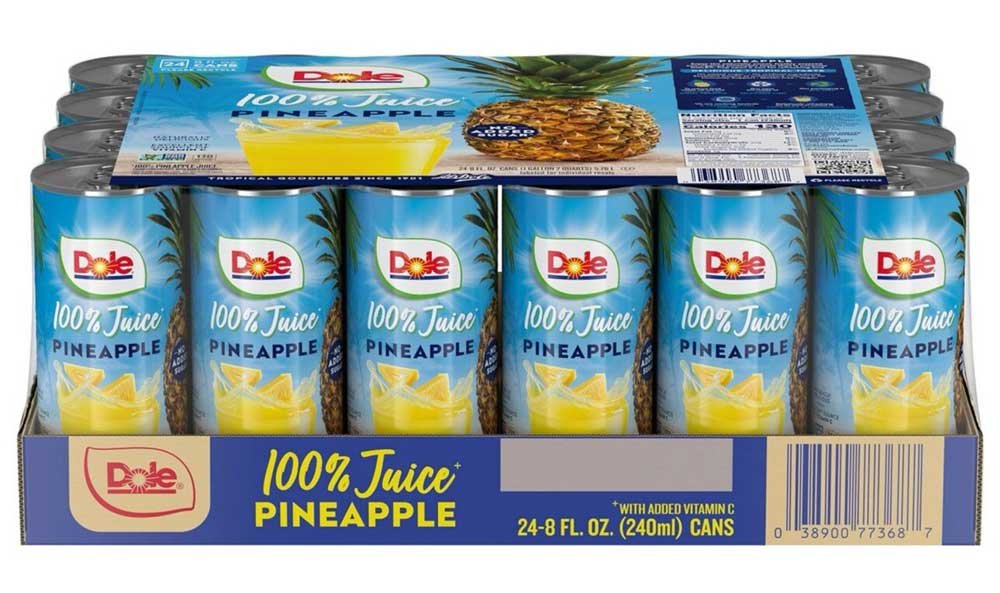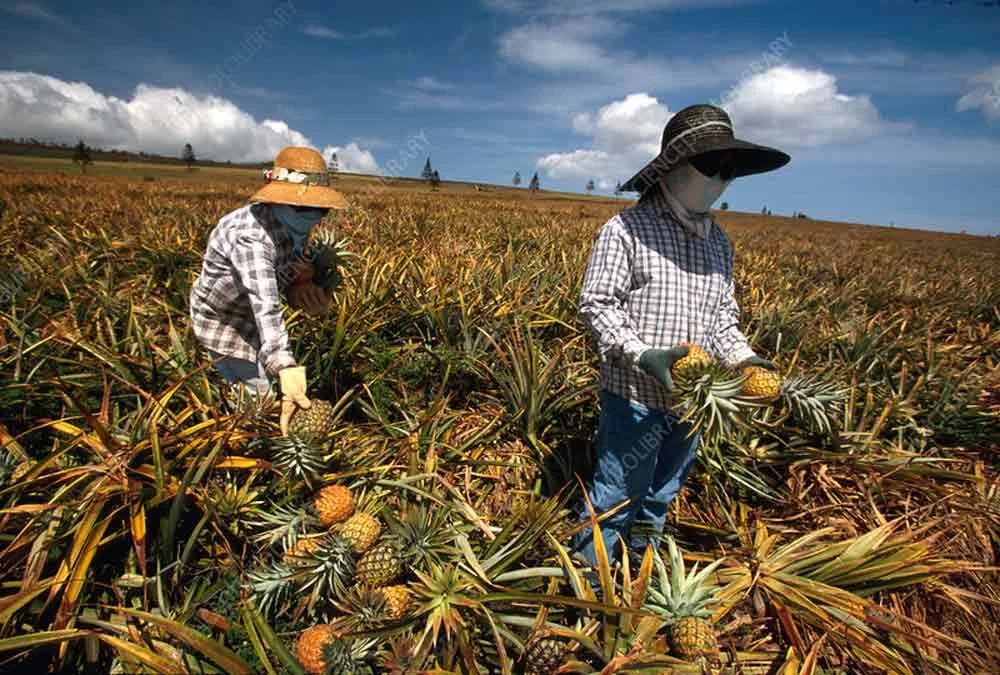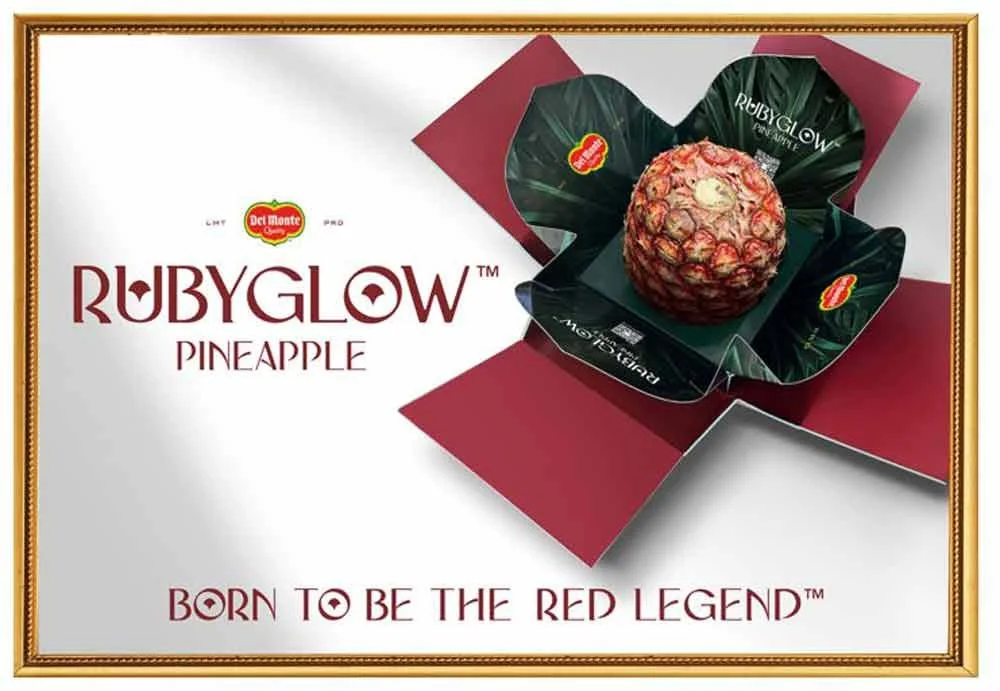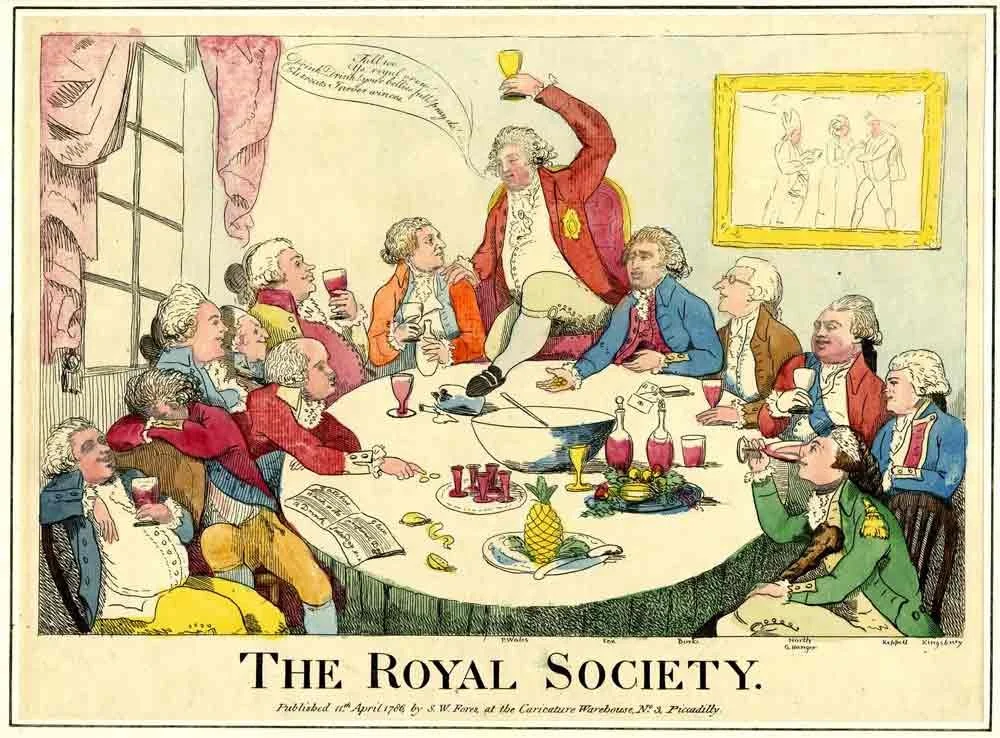KING OF FRUITS
Where do pineapples come from?
Who were the first people to grow pineapples?
Where did Christopher Columbus find pineapples in 1493?
Why do pineapples need to be eaten soon after harvesting?
How long does it take for one pineapple to grow to full size?
What were “pineries”?
In the 1800s, what make it possible to bring ripe pineapples from the Caribbean to Europe in just a couple of weeks?
How did pineapples come to be grown in Hawaiʻi?
Which Hawaiian island was turned into a pineapple plantation?
Name two “fancy pineapple” varieties.
• Read •
KING OF FRUITS
The Amazing Pineapple Story
Pineapples are one of the world’s favorite fruits, but their story is full of surprises.
Today, you can buy a pineapple for a few dollars, but in the past, this spiky fruit was so rare and special that people rented it just to show off at parties.
Some even kept the same pineapple on display until it started to rot! Pineapples have gone from being a luxury for kings and queens to a snack that almost everyone can enjoy.
Let’s explore how that happened.
A Precious Fruit
The pineapple comes from the tropical forests of what is now Brazil and Paraguay.
Long ago, the Tupi-Guarani people were the first to grow pineapples for food.
Wild pineapples were smaller and had lots of seeds, but these early farmers picked the best ones, and over many years, they created a sweeter, juicier fruit. The pineapple was so good that it spread across the Americas, even reaching the Maya and Aztec cultures.
In 1493, Christopher Columbus found pineapples in Guadeloupe during his second trip to the Americas. He had never seen anything like it. The pineapple was so delicious that he brought one back to Spain for King Ferdinand and Queen Isabella.
The king loved it, calling it the best fruit he had ever tasted. Soon, rich people all over Europe wanted to try this amazing new fruit.
Hard to Grow
The problem was that pineapples don’t ripen after being picked. They had to be eaten soon after harvesting, which was impossible for ships that took weeks to cross the ocean.
Pineapples also needed a warm, tropical climate and took two or three years to grow just one fruit. That made them hard to grow in Europe, where the weather was much colder.
• It takes 2 or more years to grow a full-size pineapple!
Still, people tried. In the late 1600s, a woman named Agnes Block in the Netherlands was one of the first Europeans to grow a pineapple. She was so proud that she had a medal made to celebrate.
Wealthy families started building special greenhouses called “pineries” to grow pineapples. These heated buildings used glass and different heating methods to copy tropical temperatures. Even then, it was expensive and took a long time to get a good pineapple.
Showing a pineapple at a party became a symbol of being rich and important. People even rented pineapples to place on the dinner table just to impress their guests. That sounds funny to us today, but in the 1700s and 1800s, it was a huge deal.
The Pineapple Becomes Popular
Everything changed in the 1800s. New steam-powered ships traveled faster and could bring ripe pineapples from the Caribbean to Europe in just a couple of weeks.
Train lines also helped ship pineapples quickly. Suddenly, people who had never dreamed of tasting a pineapple could finally try one.
In 1842, a company shipped a thousand pineapples from the Bahamas to England. By the 1850s, 200,000 pineapples were being imported in just three months! Soon, pineapples were not only for the rich but for anyone with a penny to spare.
Farmers also discovered that smoke in greenhouses helped pineapples flower faster, making them easier to grow.
Refrigerated ships and train cars kept pineapples fresh on long journeys. And when people learned to can pineapples, it meant you could enjoy them any time of year, even if you didn’t live anywhere near the tropics.
Hawaii Joins the Story
In 1901, a man named James Dole moved to Hawaii and started growing pineapples on a huge farm.
He canned them and shipped them all over the United States. Hawaii’s warm climate was perfect for growing pineapples, and soon it became the biggest producer of canned pineapple in the world. Dole even turned the entire Hawaiian island of Lanai into a pineapple plantation.
A special machine called the Ginaca machine helped make the process faster. It could peel and core pineapples much quicker than human workers.
Thanks to these inventions, pineapples became cheap and easy to buy almost anywhere.
A Modern Luxury
These days, people still enjoy pineapples in all sorts of ways—fresh, canned, on pizza, or in juice.
Some farmers even try to make new fancy types of pineapples. For example, in 2020, a pink pineapple called Pinkglow went on sale for almost fifty dollars!
It took scientists 16 years to create it by changing its genes so the fruit would stay pink instead of turning yellow.
Other rare pineapples like the Rubyglow can sell for hundreds of dollars in China and North America.
But most people are happy with the usual sweet yellow ones.
Even if a pink or red pineapple seems silly, it’s interesting to remember that the regular yellow pineapple was once seen as just as amazing and special. New colors or flavors might seem strange now, but maybe they will become normal one day, just like yellow pineapples did.
Pineapples Today
Today, about 30 million tons of pineapples are grown around the world every year. Most come from Costa Rica, Southeast Asia, and Brazil, the fruit’s original home.
Incredibly, there is very little pineapple farming in places like Hawaii or the Bahamas anymore, even though they were famous for pineapples in the past.
Pineapples are a perfect example of how something that once was rare and precious can become part of everyday life.
Kings and queens once showed off pineapples to look fancy, but now people all over the world can enjoy them. That is what makes the pineapple such a fascinating fruit with a story worth remembering.
Aristocrats (n.) rich and powerful people, usually with titles
Climate (n.) the usual weather in a place over a long time
Cultivate (v.) to grow or take care of a plant
Decay (v.) to rot or break down
Exporter (n.) a person or country that sends goods to other places
Harvest (v.) to pick crops when they are ready
Import (v.) to bring products into a country from somewhere else
Innovation (n.) a new idea or way of doing something
Luxury (n.) something very nice that not everyone can have
Plantation (n.) a large farm that grows one kind of crop
Preserve (v.) to keep something from going bad
Propagation (n.) the way plants reproduce or spread
Ripe (adj.) fully grown and ready to eat
Symbol (n.) something that stands for an idea or meaning
Technology (n.) tools or machines made using science
Rropical (adj.) warm and wet, like places near the equator
Vegetative (adj.) growing from parts of a plant instead of seeds
► COMPREHENSION QUESTIONS
— please answer with complete sentences
Where do pineapples come from?
Who were the first people to grow pineapples?
Where did Christopher Columbus find pineapples in 1493?
Why do pineapples need to be eaten soon after harvesting?
How long does it take for one pineapple to grow to full size?
What were “pineries”?
In the 1800s, what make it possible to bring ripe pineapples from the Caribbean to Europe in just a couple of weeks?
How did pineapples come to be grown in Hawaiʻi?
Which Hawaiian island was turned into a pineapple plantation?
Name two “fancy pineapple” varieties.
► From EITHER/OR ► BOTH/AND
► FROM Right/Wrong ► Creative Combination
THESIS — Argue the case that the original, yellow pineapple is all the world needs!
ANT-THESIS — Argue the case that we need pink and red pineapples, perhaps even a rainbow of pineapple colors!
SYN-THESIS — Can you bring these two perspectives together?

